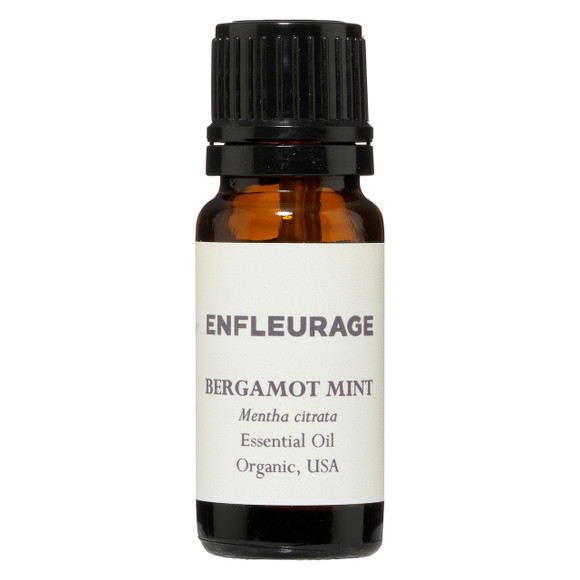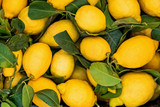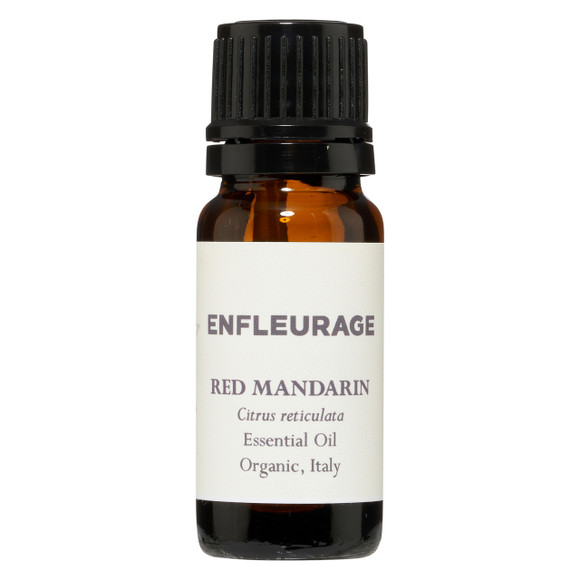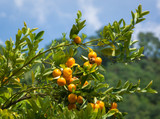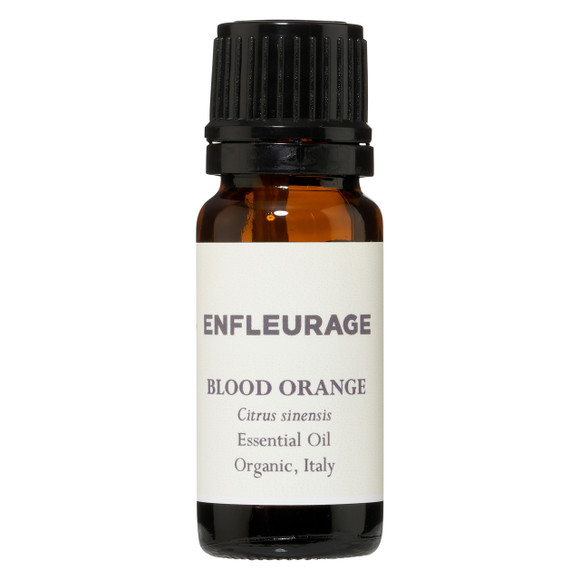Bergamot Essential Oil
Green citrus note with a sharp mouth-watering bite, Bergamot oil is pressed from the peel, not distilled. Aromatically, it's always a happy addition, whether to a perfume, an aromatherapy blend, a dessert.... just don't wear it in the sun. No joke
Product Information
Citrus bergamia
Rutaceae family
Citrus bergamia oil is expressed from the peel of the Italian fruit—it’s mouth-watering rich and sweet creamy green. The fruits of this tree are not commercially harvested.
Bergamot comes from the southern state of Calabria in Italy, and the trees are propagated by grafting onto bitter orange.
This bergamot oil was cold-pressed from the peel of nearly ripe organically certified fruit grown in Calabria, Italy
Uplifting, sweet, citrus, fruity, fresh, warm, clean yet rich is how we best describe bergamot! It’s a hallmark of Earl Gray tea. Bergamot is used in many foods, particularly candies, ice cream, puddings and dairy.
Blends well with cypress, frankincense, geranium, helichrysum, jasmine, laurel, lavender, lemon, mandarin, neroli, myrtle, orange, pine, rose, sandalwood, spruce, ylang ylang,
Major constituents include limonene, linalyl acetate, linalool, gamma-terpenine, and beta-pinene
Bergamot Tea
Poem by Pasquale DiMeola
On long days when time won't let go
All movements are a blur
Several cups of espresso
Will run you like a cur
Those few days without fixation
With everyone at ease
Ticks minutes for relaxation
Some bergamot tea please
For comforting just like a balm
Quite soothing to the bones
Its properties bring forth a calm
Poured hot from teapot domes.
Our bergamot has its terpenes, so don’t use it in the sun.
Arctander says:
Bergamot oil is a green or olive green, mobile liquid of extremely rich, sweet fruity initial odor. Although the characteristics of this topnote remain perceptible in good oils, it is followed by a still more characteristic oily-herbaceous and somewhat balsamic body and dryout. The sweetness yields to a more tobacco-like and rich note, somewhat reminiscent of clary sage and neryl-scetate. The freshness in the topnote is mainly due to terpenes and small amounts of citral and aliphatic aldehydes. Absence of this oily note is one of the most revealing features of poor quality or adulterated bergamot oil. The color of bergamot oil fades with aging, particularly when the oil is exposed to daylight. The oil turns yellow or brown. The color is also dependent upon the maturity of the fruit at the moment of expression. Like all other citrus oils, bergamot oil is produced in the immediate vicinity of the plantations.
In perfumery, bergamot brings a sweet freshness, as well as acting like a fixative when used in high concentrations. Bergmaot is also used in flavoring—Earl Gray Tea comes immediately to mind, but it’s also used in hard candy and even some tobacco flavorings.
Salvatore Battaglia lists many clinical studies of bergamot oil including for
Antifungal activity
Anti-microbial activity
Anxiolytic activity
Cardiovascular activity
Neuroprotective activity
Psychoneuroimmunological activity
Sedative activity
Battaglia says
In aromatherapy, bergamot is considered effective as the following:
Antiviral—inhibits the herpes simplex 1 virus that causes cold sores, especially with tea tree and lavender
Digestive –for nervous indigestion and emotionally caused loss of appetite
Skin-treating wounds, burns, herpes and varicose veins, eczema and psoriasis
Skin care—oily, congested skin. But is phototoxic, so please be care and avoid in most skincare.
Urinary system—cystitis and urinary tract infections
Psychological—bergamot is considered to be uplifting, and anti-depressive, anxiety reducing and mood swings.
For more on Bergamot
I highly recommend Salvatore Battaglia’s Complete Guide to Aromatherapy
Robert Tisserands Essential Oil Safety Guide is a worthwhile investment--we don't carry it; you can get it from speciality booksellers or on Amazon.
Steffan Arctander’s book is not available on our website, and there are pirated copies available on Amazon right now. Considering the dearth and price of real copies, this might be something to consider.
Safety Warning
Our bergamot oil does contain bergaptens—it’s considered to be be photo-toxic
As with most essential oils, dilute before using on skin. Do not use on the skin within 18 hours of exposure to the sun. Perform a patch test before use if essential oil sensitivity is suspected. Do not take essential oils internally. Do not use on children or pets. Seek advice from a trained aromatherapist before using on people with compromised immune systems. Keep away from eyes and mucus membranes.
Enfleurage makes no medical claims relating to any products, essential oils or otherwise, on our website or through social media. We are an essential oil company, not doctors, The FDA has not evaluated the statements on this website. We present our information in order to educate our customers on traditional and general uses of essential oils; in no way do we diagnose, cure, treat, or prevent any disease or condition.
You the customer are responsible for understanding the safe use of any and all of our products, including essential oils, and use them accordingly.
2.12.0.0









